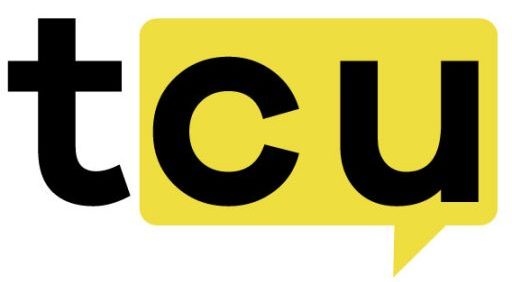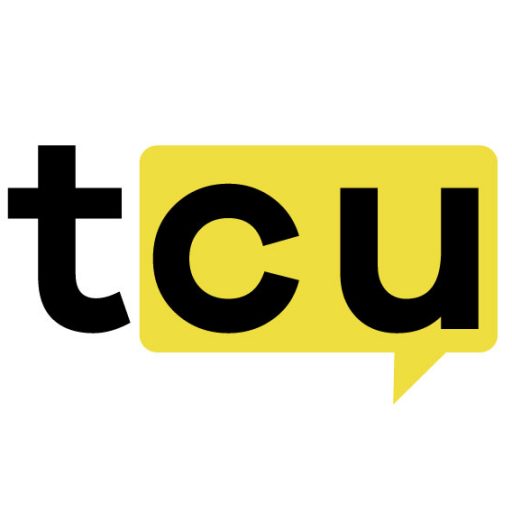As the crypto market enters a new growth cycle, two projects are emerging as serious contenders for delivering substantial returns: BlockDAG (BDAG) and Bitcoin Solaris (BTC-S). Each is drawing in early investors with a promise of disruptive technology, user-level participation, and the potential to build real wealth in 2025. While both are pre-exchange, rapidly scaling ecosystems, the way they achieve those goals — and the kind of users they attract — differs significantly.
BlockDAG is positioning itself as a high-speed, DAG-based network focused on performance and developer infrastructure. In contrast, Bitcoin Solaris emphasizes user inclusion, fixed-supply economics, and daily rewards through mobile mining. For those looking to get rich not just by holding, but by earning, the differences between these projects are more than technical — they’re foundational.
BlockDAG: DAG Architecture and Presale Acceleration
BlockDAG is built on Directed Acyclic Graph (DAG) architecture, designed to solve the scalability limitations of traditional blockchains. With a DAG-based Proof-of-Work consensus, it allows for simultaneous block creation, which improves transaction throughput and reduces congestion.
Its X1 Miner App has already reached over one million downloads, giving users a way to mine BDAG on mobile devices. The project boasts EVM compatibility and has completed audits from both Halborn and CertiK — two recognized security firms in the crypto space. As of its latest update, BlockDAG has raised over $226 million in its presale and sold more than 19.6 billion tokens. The current token price is $0.0019, with a projected listing price of $0.05—suggesting an expected ROI above 2,500% if targets are met.
This presale traction and mobile-friendly infrastructure have made BlockDAG one of the most discussed high-upside tokens for 2025, especially for users looking for capital appreciation through early-stage positioning.
Bitcoin Solaris: Mobile Mining, Fixed Supply, and Real Utility
Bitcoin Solaris takes a very different approach. Rather than emphasize speculative ROI, it provides direct, daily earning potential through its Nova App, which turns any smartphone into a passive income source. Users allocate a few gigabytes of storage and background CPU, and the app rewards them in BTC-S tokens based on uptime —no staking, no delegation, no learning curve.
The blockchain is powered by a dual-layer architecture: a Base Layer using Proof-of-Stake (PoS) and Proof-of-Capacity (PoC) for energy-efficient security, and a Solaris Layer using Proof-of-History (PoH) and Proof-of-Time (PoT) to achieve smart contract execution at over 10,000 transactions per second with 2-second finality.
Crucially, Bitcoin Solaris enforces a fixed supply of 21 million BTC-S tokens, with only 4.2 million (20%) allocated for presale access. There is no inflation and no dynamic minting. Participants are rewarded based on participation — not investment size — making it an ideal model for users in search of sustainable, daily crypto income with real scalability behind it.
Currently in Presale Phase 3, BTC-S is priced at $3 USDT. This phase positions users ahead of centralized exchange listings and the full rollout of Nova App mining. Unlike other networks where price action is the only return mechanism, Bitcoin Solaris allows participants to get rich through consistent earning, not just appreciation.
Security and Audits: Verifiability Built In
With both projects targeting high engagement, security becomes a deciding factor. BlockDAG has completed audits with Halborn and CertiK, securing its contract logic and validator structure.
Meanwhile, Bitcoin Solaris has taken a layered approach to verification:
- Cyberscope Audit validated smart contract logic, permissions, and emissions
- Freshcoins Audit confirmed economic models and functional integrity
- KYC Verification publicly verified the project team for transparency
This dual-audit and identity approach provides assurance for both individual users and long-term investors — critical when financial independence and daily rewards are on the table.
In a comprehensive breakdown, Crypto Royal analyzes both BlockDAG and Bitcoin Solaris, exploring their technical architectures, mining models, and ROI potential. The video highlights why many believe Bitcoin Solaris could deliver stronger, sustained returns.
BlockDAG and Bitcoin Solaris are both poised for major growth in 2025, but their paths are fundamentally different. BlockDAG offers speed, scale, and developer utility through a next-gen DAG network. Bitcoin Solaris delivers daily crypto income, a capped token model, and transparent participation through mobile mining.
For users seeking to get rich not just from speculation but through real activity and reliable returns, Bitcoin Solaris offers a user-first ecosystem with daily earning potential, full audits, and an architecture built for scale. As presales progress and adoption accelerates, the choice may come down to a simple question: do you want to watch the network grow, or earn from it while it happens?
Website: https://bitcoinsolaris.com/
X: https://x.com/BitcoinSolaris
Telegram: https://t.me/Bitcoinsolaris
![]()





